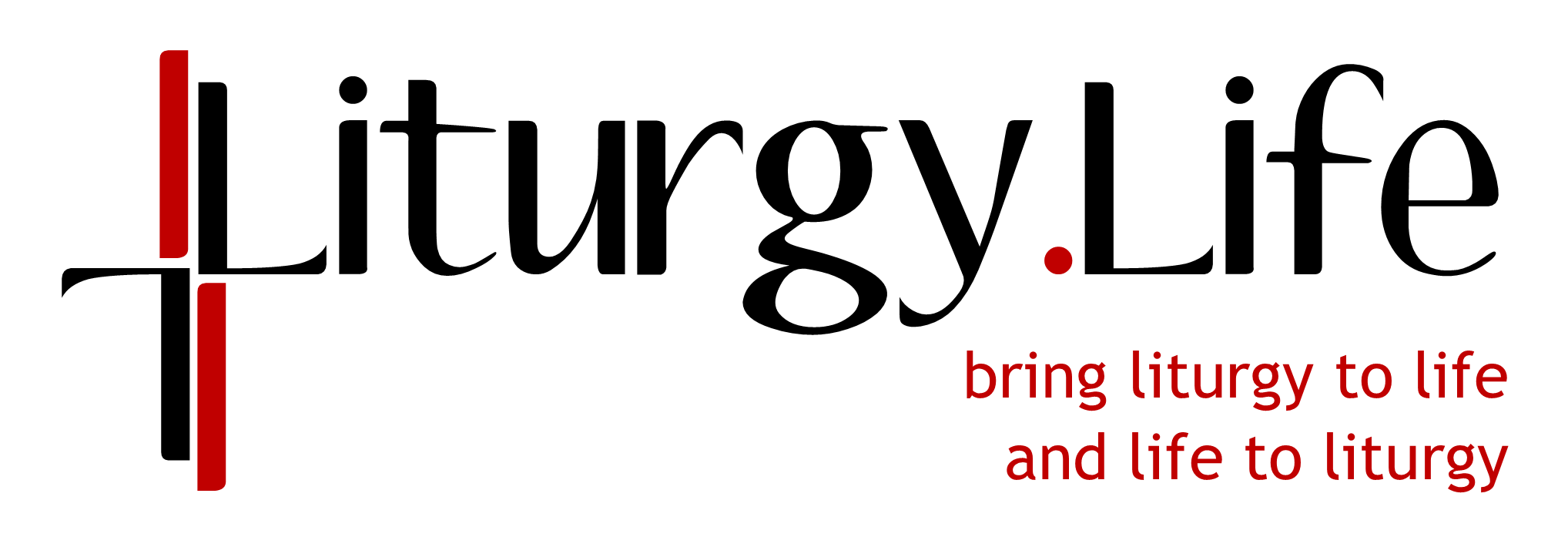Where were you when you got your first iPhone (or iPhone knock-off)? In 2007, Steve Jobs forever changed how we think about phones. At that moment, three kinds of people engaged with the new phone.
Techies
The techies got out their tool boxes and immediately took the phone apart. They looked inside to see how Apple had created this new thing, what pieces of technology were new, what was borrowed, what its “history” was.
Phone callers
Some people were disappointed with the iPhone. They thought the purpose of a phone is to make phone calls. And the lack of a touch pad actually made phone-calling a secondary function on the iPhone.
Apple fans
There is a core of people who are fanatics about all-things Apple. These people live in an Apple-world and have an almost cult-like devotion to the company. They immediately saw the iPhone as a way to extend their “Apple-life” even further into the world.
Liturgy is the church’s iPhone
When Jesus took bread and took a cup and said do this in memory of me, he forever changed the way we think about the world. Since that time, three kinds of people have been engaging with the liturgy.
Theologians
I have rows of books on my shelves that “take apart” the liturgy. Using historical critical toolboxes, scholars have analyzed the development of liturgy, which rites and rituals are ancient, which are relatively new, and what the actions and symbols of the rites throughout history mean.
Obligatory Catholics
There are some people who go to Mass primarily to avoid mortal sin. Or, if not that, then because going to Mass is “expected.” They like it when Mass meets their spiritual needs, but when it doesn’t…well, that’s just the way life is sometimes.
Disciples
There is a core of people who are fanatics about all-things Jesus. These people live according to a Jesus-inspired Way and have an almost cult-like devotion to that Way. They see liturgy as an event of mystery and beauty that extends their Way into the world.
The liturgy is not something to take apart and analyze. It is not a resource for spiritual growth or a get-out-of-hell-free card.
It is a Way.
It is the Way.
Liturgy opens our eyes, unblocks our ears, and changes our hearts so we see the world as God sees. When we submit ourselves to the constant sacramental conversion of Jesus’s Way, we become that Way for the world.
Living the Way is dangerous
This has consequences. Our Way is not the world’s way. And the world can be a powerful and dangerous place. If you want to do well in the world — if you don’t want to get hurt and you don’t want to get marginalized — you need to live in a way that the world values.
Liturgy teaches us the Way so we can go out and teach the world a better Way — the Way of salvation. Share on XWhen we live Jesus’s Way, we become targets. When we try to change the world’s heart to make it more compassionate, the world will attack us, as though we were viruses. That’s why, sometimes, we stay inside the walls of the church where it’s safe. But Pope Francis reminds us that’s not actually safety. We’ll get sick if we stay inside too long. Pope Francis said:
I prefer a church which is bruised, hurting and dirty because it has been out on the streets, rather than a church which is unhealthy from being confined and from clinging to its own security. (Joy of the Gospel)
Liturgy teaches us the Way so we can go out and teach the world a better Way — the Way of salvation. We do not take apart and tinker with the liturgy. We do not merely tolerate the liturgy. We do not use the liturgy for our own ends.
Liturgy is a discipline and an aesthetic
We enter into the liturgy “with proper dispositions” and with our “minds…attuned to [our] voices” (Constitution on the Sacred Liturgy). At its core, liturgy is a discipline and an aesthetic.
To say liturgy is a discipline is to say it is a training ground on which we learn manners. We learn a code of behavior grounded in the Way of Jesus.
To say liturgy is an aesthetic is to say the code of behavior that we learn, the Way that we live, is a principle of beauty. Beauty is what we see when we are seeing God. Liturgy schools us in the beautiful so we are able to see not as the world sees but as God sees. Counter to the world, we do not see God’s perfection in wealth or power or glamour. We see true beauty in the poor, the broken-hearted, and the meek. We see beauty in those who hunger and thirst for justice. We see beauty in those who are merciful and pure of heart. We see beauty in all those who work for peace.
And we see beauty in the targets — those who are persecuted for God’s sake.
If we don’t tinker with the liturgy and we don’t merely tolerate the liturgy — if we fully enter into the liturgy — it will change us and change the world.
Your turn
How attentive are your parishioners to the changes required of them by the liturgy? How are you helping everyone to enter more fully into the liturgy? Share your thoughts in the comments below.



Leave a Reply